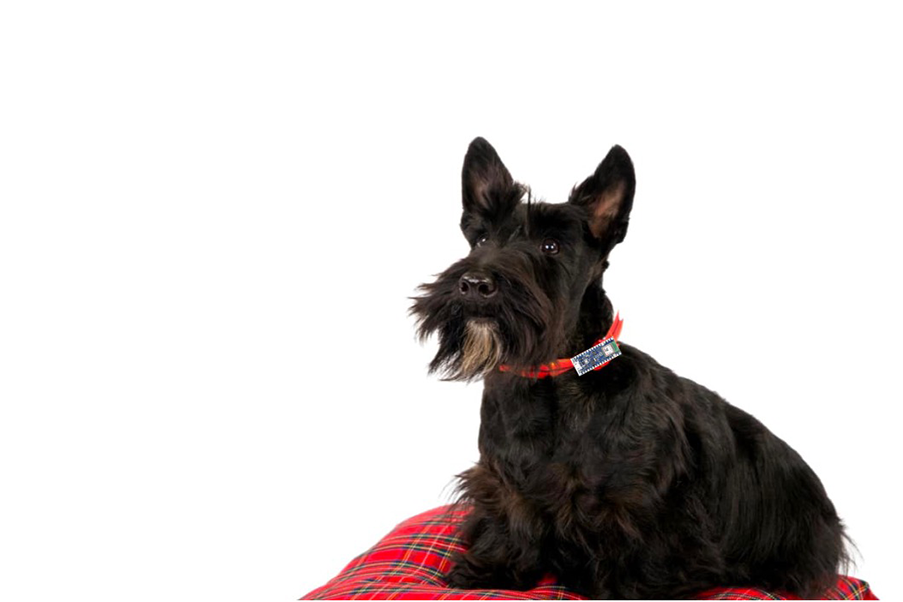
Embedded Deep Learning
By Emma Skidmore
Media InquiriesFirst taught during the 2023 spring semester, the Intro to Embedded Deep Learning course in the electrical and computer engineering department offers students a unique opportunity to come up with creative solutions to everyday problems.
Taught by Ziad Youssfi, associate teaching professor of electrical and computer engineering, topics covered in the class included fundamentals of deep neural networks for various architectures, the machine learning pipeline for embedded systems and ways machine learning can be applied to domains such as motion detection, audio classification, and more.
Students also created original projects that incorporated embedded devices and artificial intelligence, drawing inspiration from the environment, health, home automation, and conservation. During its inaugural semester, projects ranged from categorizing trash with sound to dog movement tracking.
“The topic lends itself to being hands-on,” Youssfi said. “The first couple of weeks, I asked students to start proposing ideas, and when I got the ideas back, I was just blown away.”
To create their projects, students used the Arduino Nano 33 BLE Sense, a small form factor with a series of embedded sensors.
Youssfi spoke to the importance of data processing within embedded devices, rather than constantly sending information to the cloud, which results in higher costs, energy consumption and wait times.
“I saw students come in with these ideas about machine learning, and they already have some knowledge about these big models that run in the cloud,” he said. “I was immediately saying, ‘Okay, we need to go in the opposite direction. How do you take this big model and squeeze it down?’”
He explained that the idea for the course came from being asked to teach a different AI course, expecting it to focus on larger-scale models. Once he started researching it on the micro level, Youssfi realized the potential for a full course.
Throughout the course, Youssfi spoke to students about the ethical aspects of the topic, including privacy and energy usage. He also said it was challenging, from a teaching perspective, to stick to rigid course structures with the abundance of change in the field.
“There are new techniques, and I may not be aware of every single one,” he said. “If the student comes up with something or if I find something has changed, I can share it and discuss it.”
Ultimately, Youssfi hopes the course gives students confidence in their ideas.
“It’s hard,” he said. “When I was a student, I could not imagine myself as an entrepreneur. If they don’t do a startup, at least they get the urge to be creative, to start something and to push the boundaries a little bit.”
Master’s Student in Electrical and Computer Engineering (MS ECE) Eion Tyacke spoke to the entrepreneurial aspect of the class as his group created a fitness tracker for dogs and was able to work with a group of dog trainers to get real-time client feedback.
“It was a really unique experience that I haven’t had in any other classes before,” Tyacke said. “I’m glad we were able to work to create a product that I could see being not just a class project.”
Netra Trivedi, MS ECE, said no prior knowledge of AI is required to take this course, and regardless of your experience, there will be a lesson to walk away with.
“Embedded systems and machine learning combine into a very beautiful thing,” said Trivedi, who designed a program to remotely calculate empty space on shelves that can be applied to home automation or retail. “I think for me, putting software into hardware and watching things work in reality is something really interesting.”
Eric Wu, MS ECE, and designer of a program to distinguish birds and squirrels for bird feeders, said this field has a future.
“This course has really shown me how important data collection was,” Wu said. “Without good training data, you couldn’t really get the model to work at all.”
Wu said some of the challenges with his project were fitting two models on one board, as the program also identifies bird species, and being able to capture accurate images.
Tyacke said he ran into similar problems when it came to data collection as his team initially tried to source their data set. Eventually, he said, they had to create their own by attaching their Arduino model to his roommate’s dog and recording its movement.
“It was a real learning experience and struggle to try and utilize another data set that was recorded with different hardware,” he said. “That was definitely eye-opening to see how much of a difference that really makes.”
The course will be offered again in the Fall of 2023, and the broad focus will continue.
“I want to encourage students to create projects that not only have commercial value but also address big human challenges such as in conservation, health, or equality,” Youssfi said.